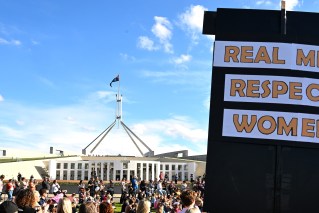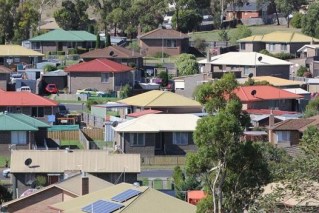Solve it with a six-pack: Can city’s old unit blocks help relieve housing crisis?
Governments should embark on a program of buying up existing “six-pack” unit developments in Brisbane and other cities as a means of relieving the state’s acute housing shortage, the peak body for urban planners says.


The Planning Institute of Australia’s Queensland division also says governments should consider buying land from large-scale developers as part of a plan to fix the housing crisis.
Ahead of the upcoming Queensland Housing Summit promised by Premier Annastacia Palaszczuk, the institute has called for a radical shake-up of zoning laws and rules on minimum lot sizes to encourage more affordable housing options.
In a new report, titled Delivering Housing For All, the institute says historically low interest rates, favourable tax settings, high population growth and the ready availability of capital have all helped “supercharge” housing demand at the same time as high construction costs and labour shortages are affecting costs.
Of 20 actions it proposes to tackle the housing shortage, the most radical is a target of building an extra 5000 social and public housing dwellings a year for the next 10 years.
“As part of this, governments could consider purchasing land from large scale developers and/or contracting with large scale builders as well as acquiring existing six-pack developments,” it says.
Six-packs – usually three-level buildings on an 800 square metre block with units on the upper two floors and parking underneath at ground level – were popular developments in southeast Queensland throughout the 1970s and 1980s.
Now the planning institute says it’s time the region’s remaining supply of six-packs be targeted by governments for public housing relief.
The body also says there is a critical gap in the supply of medium density housing such as townhouses but most new housing stock is either an detached dwelling in a “greenfield” development or a two-bedroom unit in infill areas closer to the inner city.
“Yet recent data reveals that many SEQ local governments are approving proportionally less housing diversity.,” it says.
“For instance, Moreton Bay’s approval of medium density housing has declined from 26 per cent of all approvals in 2016/17 to 11 per cent of all approvals in 2020/21.”
It says there are similar trends in other council areas including Logan, where medium density approvals dropped from 30 per cent of approvals five years ago to just 19 per cent on latest figures, and Redland (25 per cent in 2016-17 to 17 per cent in 2020-21.
Palaszczuk has agreed to convene a Queensland Housing Summit on 20 October in response to sustained pressure on her government over the extent of the social housing crisis.
While the government has proposed possible solutions such as relaxing rules on renting out granny flats, there are more than 50,000 people on the state’s social housing register and vacancy rates are running at less than one per cent in many areas.
The planning institute argues the government should go further, giving agencies such as Economic Development Queensland more focus and strength to deliver more affordable housing in areas over which it controls.












